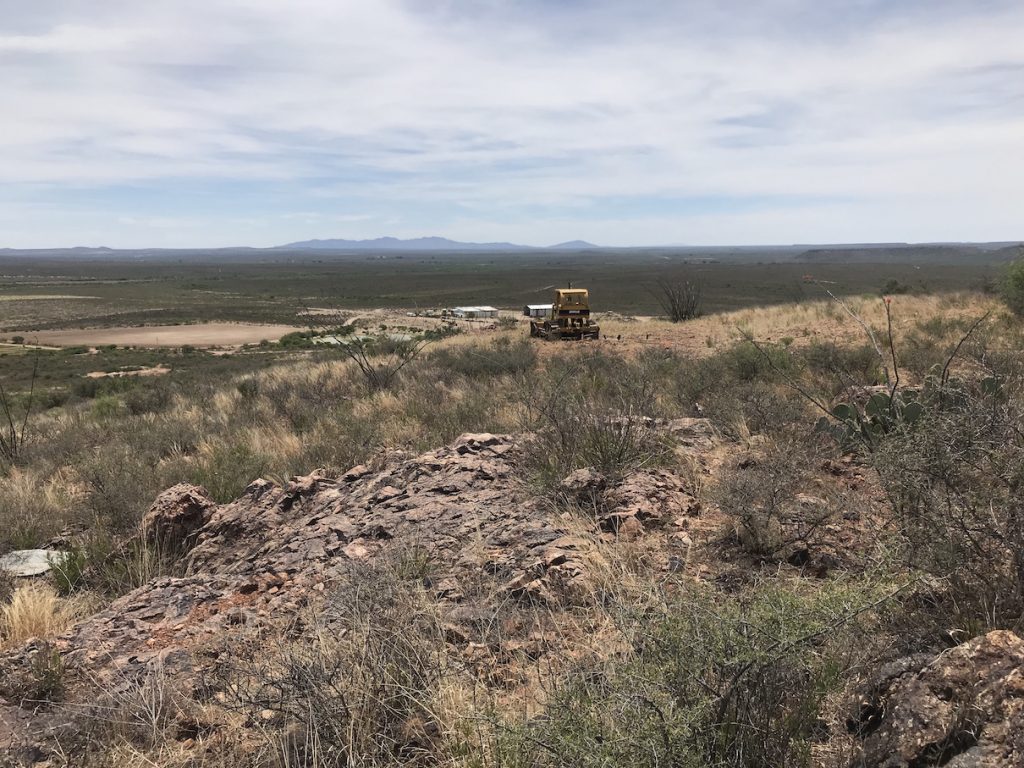
Discovery Metals is homing in on high-grade zones at its Cordero silver project in Chihuahua State, Mexico, with the results from its first drill program at the advanced exploration project returning some encouraging results.
The company released assays from the first four holes of a 30,000- to 35,000-metre drill program underway at Cordero.
Highlights include: 68.1 metres of 361 g/t silver equivalent (117 g/t silver, 1.96 g/t gold, 1.7% lead and 1.1% zinc) starting from 158 metres depth in hole 295. The section also included shorter intervals of 34.7 metres of 617 g/t silver-equivalent from 163 metres and 3.7 metres of 2,524 g/t silver-equivalent from 166 metres depth.
The company has completed 17 holes at Cordero, located about 35 km from Hidalgo Del Parral, since acquiring it in August 2019
“These first results from Cordero are very encouraging and support our thesis that within the very large resource area exists a shallow, higher-grade component,” said Taj Singh, Discovery’s president and CEO in a release. “The presence of higher-grade gold in the most strongly mineralized areas is also positive. Cordero has many attractive features: open-pittable, good metallurgy and excellent surrounding infrastructure. We look forward to completing the exploration in 2020 required to re-scope and optimize this very exciting property.”
Other results include 47.1 metres of 191 g/t silver-equivalent from 101 metres depth in hole 296, and 94.3 metres of 121 g/t silver-equivalent from 86 metres in hole 294.
The company has completed 17 holes at Cordero, located about 35 km from Hidalgo Del Parral, since acquiring it in August 2019.
The project has indicated resources of 990 million tonnes grading 32 g/t silver equivalent (at a cutoff grade of 15 g/t silver equivalent) for 1.02 million silver-equivalent oz. A preliminary economic assessment (PEA) was completed in 2018 using a silver price of $20 per oz. The study projected that an initial capital investment of C$570 million would support an open-pit mine with a life of 29 years, an after-tax internal rate of return of 16.5% and a net present value of C$438 million.
Disovery intends to improve the economics of the project by focusing on high-grade zones.
Based on its review of previous work at Cordero and relogging of historic core, the company says higher-grade mineralization at the project is predominantly associated with sulphide mineralization within a breccia host, or discrete sulphide veins.
The current drill program is aimed at defining higher-grade zones by gaining a better understanding of the geology, geometry and controls on these styles of mineralization.
(This article first appeared in the Canadian Mining Journal)